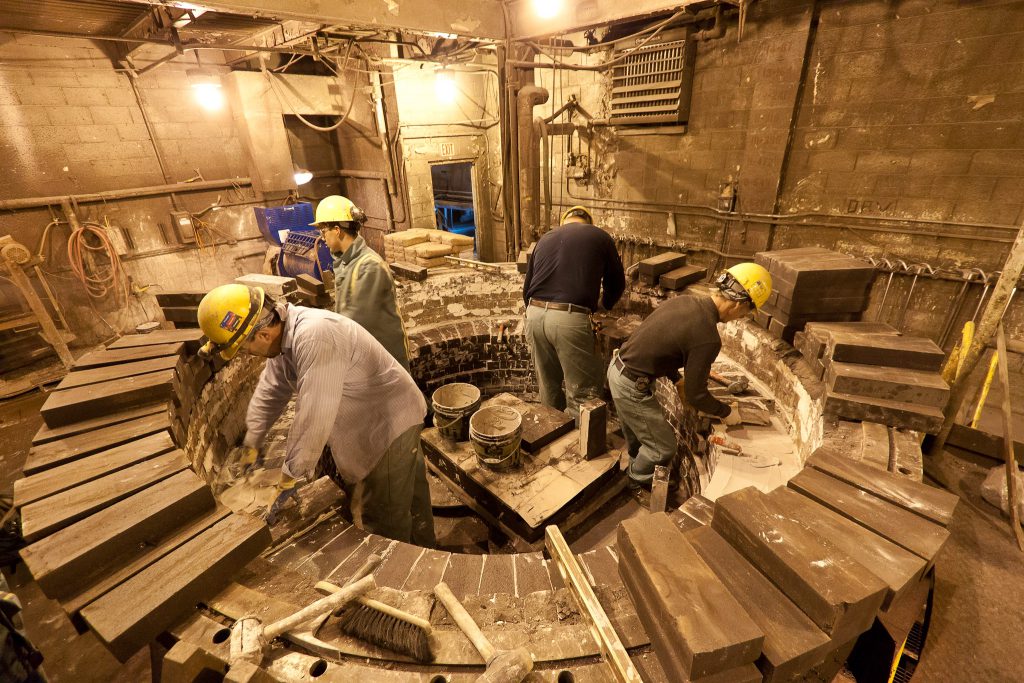
Refractories
In Questions ?
What Are Refractories?
Refractories are heat-resistant materials that constitute the linings for high-temperature furnaces and reactors and other processing units. In addition to being resistant to thermal stress and other physical phenomena induced by heat, refractories must also withstand physical wear and corrosion by chemical agents. Refractories are more heat resistant than metals and are required for heating applications above 1000°F (538°C).
What Are Refractories Made Of?
Refractories are produced from natural and synthetic materials, usually nonmetallic, or combinations of compounds and minerals such as alumina, fireclays, bauxite, chromite, dolomite, magnesite, silicon carbide, zirconia, and others.
What Are Refractories Used For?
In general, refractories are used to build structures subjected to high temperatures, ranging from the simple to sophisticated, e.g. fireplace brick linings to reentry heat shields for the space shuttle. In industry, they are used to line boilers and furnaces of all types–reactors, ladles, stills, kilns–and so forth.
Our Solution
As an influential leader in refractory solutions and services, we serve customers world-wide with safe, reliable and high-performing refractory solutions across multiple industries – steel, foundry, aluminum, cement & lime, oil refineries & chemical, sanitary ware and boilers & incinerators.
Our Professional network of specialized industry experts and project management professionals ensures we deliver to you our promise of superior product performance and value-added service